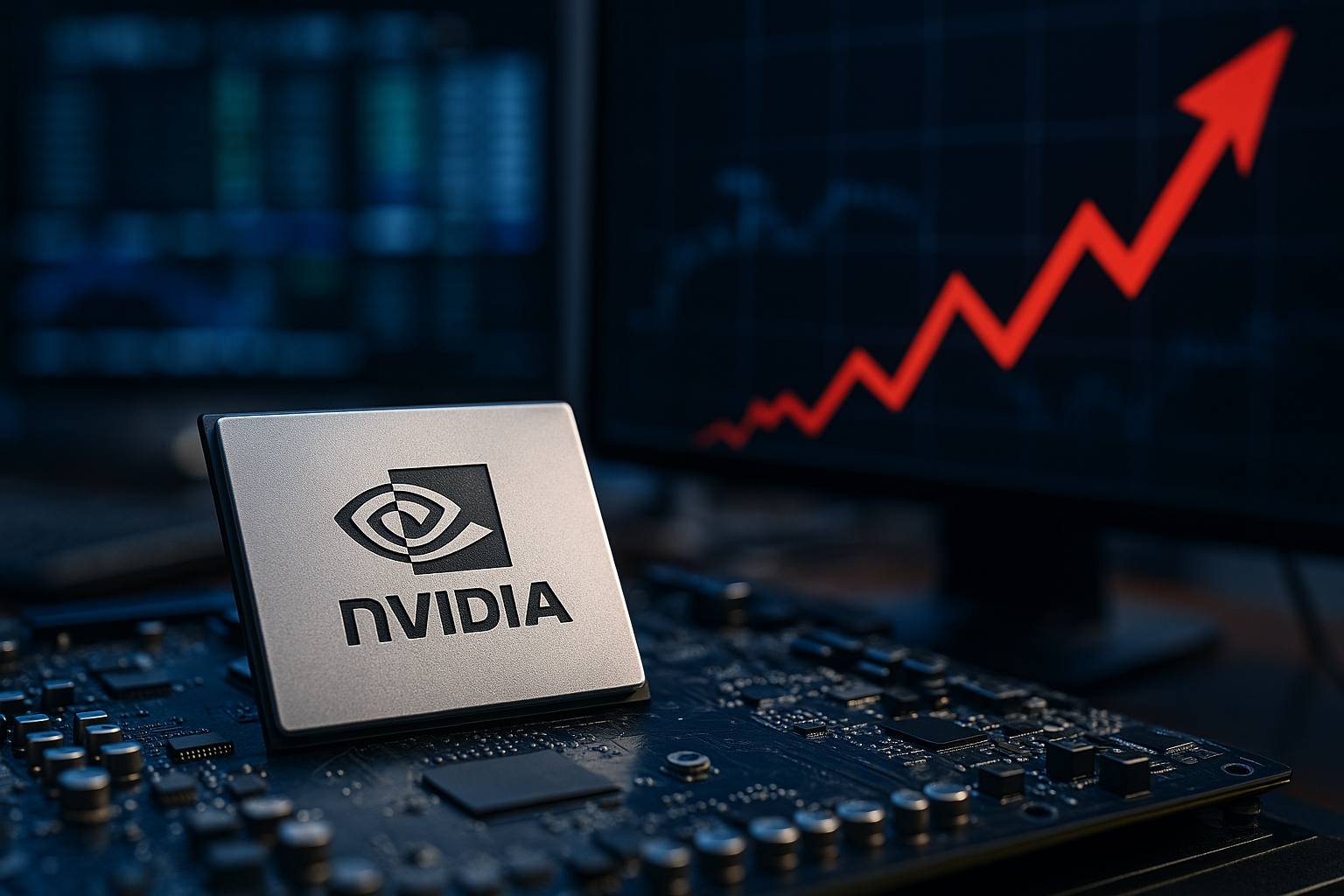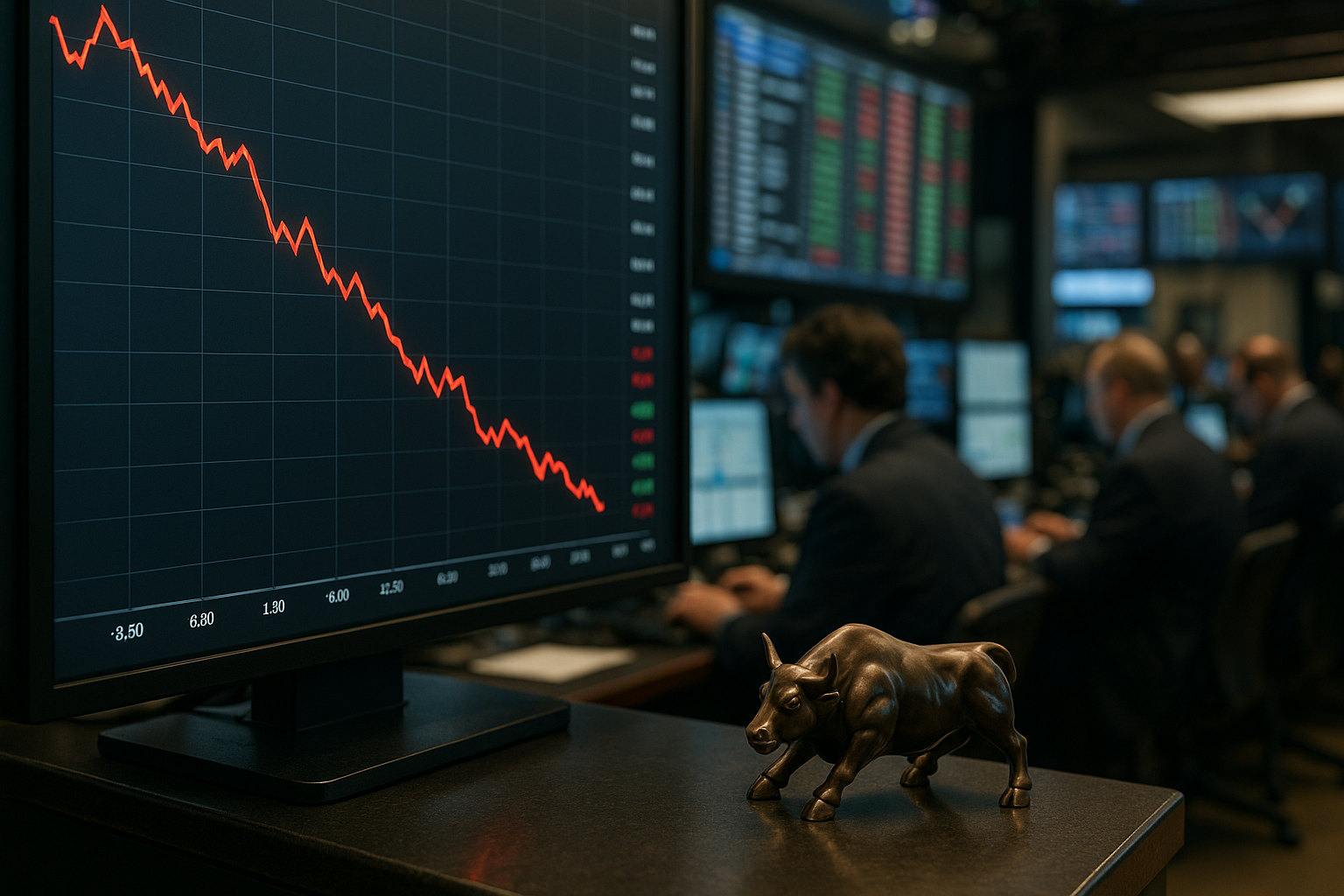For the past several months, equity markets have defied a range of bearish calls, buoyed by strong earnings, AI-fueled optimism, and resilient economic data. But beneath the rally’s surface, a growing concentration of market bets by trend-following investors—also known as Commodity Trading Advisors (CTAs)—has caught the attention of Goldman Sachs strategists.
In a new report, Goldman revealed that CTAs now hold roughly $150 billion in long positions across global equities, one of the largest allocations in history. While this concentration reflects a powerful bullish trend, the bank warns that such positions can unwind rapidly if market momentum turns. In the event of a significant downturn, Goldman estimates that CTAs could dump up to $200 billion in equities, compared with only $38 billion in additional buying power should the rally extend.
Why This Matters for Investors
At its core, the issue is not simply that CTAs have gone long—it’s that they have gone very long, in a historically crowded fashion. Trend-following strategies, which rely on momentum and technical indicators rather than fundamental valuation, can be highly pro-cyclical. They buy into strength and sell into weakness, often amplifying market moves rather than cushioning them.
If equities continue their upward march, these positions can keep pushing prices higher. But when markets reverse sharply, the selling can snowball as algorithms trigger stop-loss levels across multiple funds. This “feedback loop” effect is what Goldman warns could lead to outsized downside moves, even from relatively modest catalysts like weaker economic data, an unexpected rate hike, or geopolitical shocks.
The Mechanics of CTA Market Impact
CTAs allocate capital based on systematic models, often targeting a specific volatility-adjusted position size. In strong markets, this leads to increasing exposure over time. But volatility spikes—especially if combined with falling prices—force the models to reduce exposure, sometimes dramatically.
Goldman’s estimates suggest that if equity benchmarks fell by just 2% to 3% over a few days, CTA flows could shift from buying to selling, potentially pushing indexes down further. This mechanical nature means that CTAs are not making discretionary macro calls, but their collective positioning can still create significant macro effects.
Broader Context: Macro and Sentiment Risks
While global growth remains steady and earnings revisions are positive, there are storm clouds that could challenge the momentum:
- Federal Reserve Policy: The Fed’s tone on rate cuts remains cautious, with inflation still above target.
- Geopolitical Uncertainty: Ongoing tensions in trade policy, especially U.S.–China technology restrictions, add headline risk.
- Commodities Volatility: Sharp moves in oil or metals could feed into inflation fears, triggering risk-off sentiment.
In such an environment, crowded positioning becomes an accelerant, magnifying market reactions to what might otherwise be contained events.
Future Trends to Watch
- Volatility Measures: Keep an eye on the VIX and similar indexes. A sudden jump in volatility could trigger CTA selling.
- Equity Breadth: Narrow leadership (e.g., AI megacaps) means CTAs are often concentrated in similar stocks—making reversals sharper.
- Cross-Asset Signals: CTAs operate across equities, bonds, currencies, and commodities; stress in one market can spill over into others.
Key Investment Insight
For investors, the takeaway is twofold:
- Risk Management: This is not a call to abandon equities, but to be aware of positioning risks and hedge accordingly. Options strategies, inverse ETFs, or balanced portfolios with commodities and bonds can help cushion downside.
- Sentiment Tracking: CTA flow data—while niche—serves as a useful barometer of market crowding. Several market analytics providers track CTA positioning; incorporating these into decision-making can help anticipate abrupt moves.
In short, the current $150 billion CTA equity exposure is both a sign of confidence in the rally and a potential fault line for volatility. Momentum works both ways, and when it turns, it rarely does so quietly.
For those navigating the markets, understanding where the herd stands is just as important as knowing where fundamentals point. In this case, the herd is leaning heavily to one side of the boat—Goldman is simply warning investors to know where the lifeboats are.
Stay ahead of market-moving trends and actionable investment insights—follow MoneyNews.Today daily for the analysis that matters most to your portfolio.





